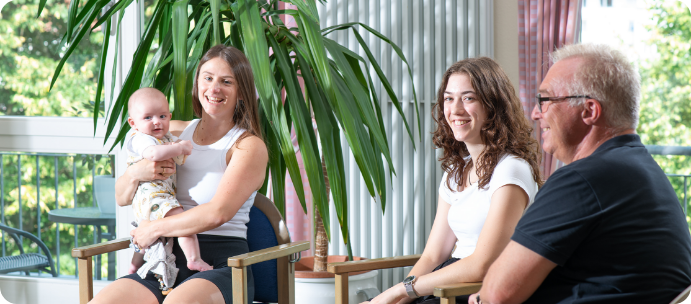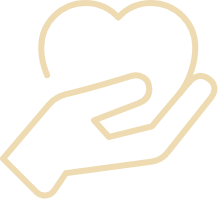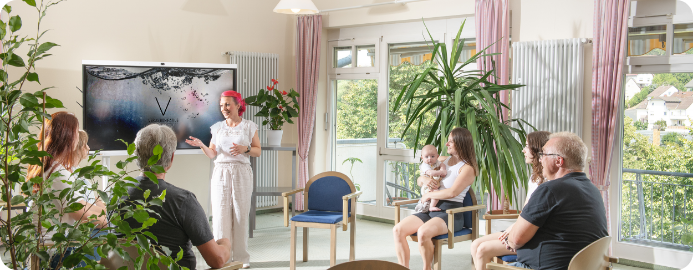
TRADITIONAL CHINESE MEDICINE (TCM)
AT THE VERUS BONIFATIUS CLINICWHAT IS TRADITIONAL CHINESE MEDICINE? (TCM)
The term TCM covers different forms of therapy, for example acupuncture. The five different types of therapies in TCM are called the five pillars of traditional Chinese medicine. These include, for example: acupuncture and herbal medicine. It is based on the traditional Chinese holistic approach and allows for an individually adapted treatment for all patients. A TCM aims to restore the flow of energy in the person. Those affected are also taught a healthy lifestyle.


HOW DID TRADITIONAL CHINESE MEDICINE COME INTO BEING?
The origins of Traditional Chinese Medicine go back several millennia. It reached its first peak there in the centuries before our era. Combined with the shamanistic approaches, the foundation of Traditional Chinese Medicine is dated to about 6 centuries before Christ. Only a few centuries later, in the 2nd century vor Christus entstanden die ersten verschriftlichten Aufzeichnungen.
Although Traditional Chinese Medicine has continued to develop over the centuries, it was banned – for the time being – when the People’s Republic of China was founded in 1911.
It is only since the end of the Second World War that it has found renewed popularity and promotion. In the meantime, it is also being successfully offered in Western European countries.

WHEN CAN THIS THERAPY BE USED?

Traditional Chinese Medicine is used for almost every type of mental and psychosomatic illness. It can be used for chronic and acute diseases. Possible areas of application are as follows:
- Allergies
- Sleep disorders, depression, headaches
- Pain medication
- Migraine
- Digestive disorders
- Asthma
- Colds
- Skin diseases

HOW EFFECTIVE IS THIS THERAPY OF TCM?
Due to the curative approach of Traditional Chinese Medicine, there are few scientifically sound sources that could prove the effectiveness of TCM. Nevertheless, many patients report a feeling of freedom, of being liberated, after having been treated with Traditional Chinese Medicine. Despite the criticism that sometimes arises, very many testimonials encourage people to get to know Traditional Chinese Medicine.
You need to load content from reCAPTCHA to submit the form. Please note that doing so will share data with third-party providers.
More Information